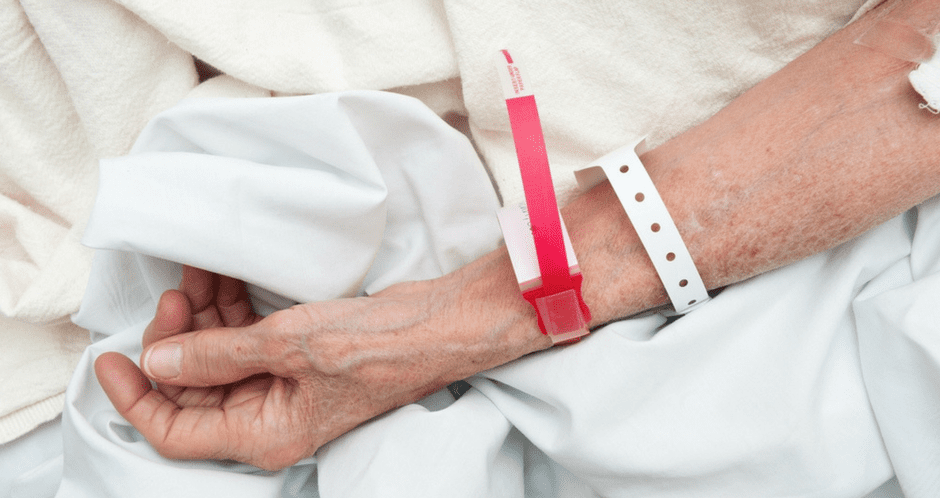
A study found that physical restraints in the past caused the deaths of a number of elderly residents in aged care facilities. These new finding calls for a wider debate around whether there is any worth in the use of physical restraints in aged care homes.
In aged care, physical restraints are sometimes used on residents with dementia in an attempt to prevent them from having falls.
The study, which was conducted by Monash University, has found that physical restraints were responsible for the deaths of five elderly people between 2000 to 2013.
Four of those five people who died had some form of dementia. What causes the deaths is choking from the restraints as residents are unable to get enough air due to their neck being compressed.
Led by Professor Joseph Ibrahim, Head of the Health, Law and Aging Research Unit at Monash University, this new study looked into aged care facilities in News South Wales, Victoria and Queensland over a 13 year period.
Professor Ibrahim told the ABC. that the research demonstrates that “people do die from the use of physical restraint”.
Professor Ibrahim’s study into deaths by physical restraints in nursing homes has been published in the leading UK journal in geriatric medicine, Age and Ageing.
The important outcome from this research is to prevent deaths from restraints from occurring. Professor Ibrahim explained that he hopes this new research can create change in the future of aged care.
There needs to be a discussion around how people, particularly those approaching the age where the may need to consider living in an aged care home, wanted to be cared for if they were to be diagnosed with dementia
“What we don’t really have at the moment is a debate about is it or is it not appropriate,” Professor Ibrahim said.
“Do you want to be restrained when you’re 80 and have dementia, or would you rather be able to walk freely and if you fall you fall?”
This is a discussion that not enough people are having with their loved ones or carers. Professor Ibrahim believes that there needs to be more information available about the use of restraints in aged-care facilities.
“We think it’s still a relatively uncommon practice, but I’m not aware of anywhere, that as a member of the public or as a researcher, we’re able to access that information,” he said.
Alzheimer’s Australia have explained that there are some situations that call for physical restraints to be used – however they are not meant to be used on a regular basis.
“It’s very rare indeed that physical restraints are necessary,” said Graeme Samuel, the Head of Alzheimer’s Australia, told the ABC.
He believes that even though five people is a relatively small number when compared to the thousands of people living in aged care facilities over the 13 year period, that those five five deaths shows that there is a problem with the use of restraints on the elderly.
“It’s of no comfort to know that as someone who is aged, who is living with dementia, has been subjected to physical restraint of any form whatsoever,” he said.
“Physical restraint is needed only in the rarest of circumstances.”
Editors Note 15/01/17: Please be advised that the image previously used with this article has been removed after feedback from our community as it was confronting for some. We take our content and feedback very seriously and therefore after further review decided to remove the image. In response to other people’s comments physical restraints are still used in aged care however it must be under the guidance of health professionals and the residents representative. For further information here is a link of National Aged Care Quality Indicator Programme p18. https://agedcare.health.gov.au/sites/g/files/net1426/f/documents/12_2015…
My Mother who recently passed was blind and really only felt safe with bed rails; the rails weren’t allowed though as it was deemed the rails constituted “restraints”
Mum didn’t have dementia, and though her bed was low to the floor she had fallen a couple of times, so became to scared to move on the bed.
Surely for a residents peace of mind, rails can be used.